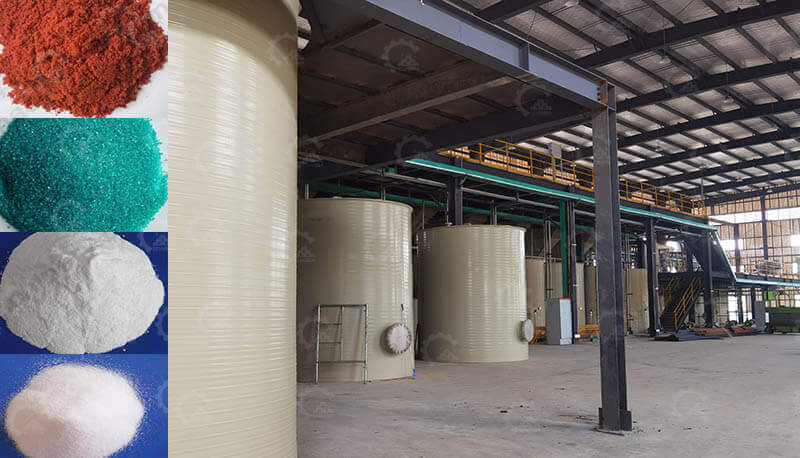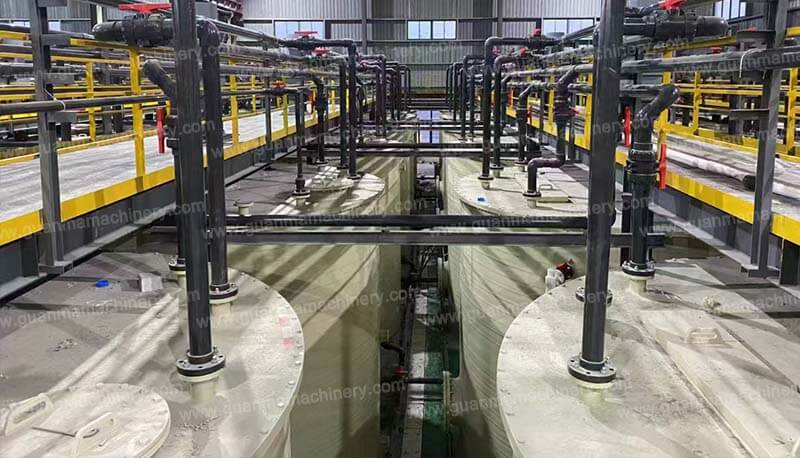In the era of renewable energy and electric vehicles (EVs), lithium-ion batteries have become indispensable. As the demand for these batteries surges, so does the challenge of managing spent batteries in an environmentally responsible manner. Hydrometallurgical processes for recycling lithium-ion batteries offer a promising solution, allowing for the efficient recovery of valuable metals such as lithium, cobalt, nickel, and manganese. In this article, we delve into the intricacies of hydrometallurgical recycling methods, highlighting their benefits and potential for a sustainable future.
Why Hydrometallurgical Processes?
Hydrometallurgy refers to the use of aqueous solutions to extract metals from ores or waste materials. When applied to spent lithium-ion batteries, this process offers several advantages over traditional pyrometallurgical methods:
Eco-friendliness: Hydrometallurgy consumes less energy compared to high-temperature smelting processes, thereby reducing carbon footprint.
Selectivity: The process allows for the selective recovery of individual metals, which is crucial for the high-value components found in lithium-ion batteries.
Scalability: Hydrometallurgical plants can be designed to accommodate various scales of operation, making them suitable for both small and large-scale recycling efforts.
The journey of a spent lithium-ion battery through a hydrometallurgical plant can be divided into several key stages:
1. Pre-treatment: This involves the dismantling and shredding of the batteries to separate plastics, steel casings, and other non-valuable components. The active materials are then crushed into a fine powder known as black mass.
2. Leaching: The black mass is mixed with a leaching agent, typically an acid or a base, under controlled conditions to dissolve the metals. The choice of leaching agent depends on the specific metals targeted and the desired recovery efficiency.
3. Purification: After leaching, the solution containing the dissolved metals undergoes purification to remove impurities and concentrate the metals. Techniques such as solvent extraction, precipitation, or ion exchange can be employed.
4. Recovery: The purified metals are recovered through methods like electrowinning, where they are deposited onto a cathode, or crystallization, where they form solid precipitates that can be filtered and dried.
5. Reuse and Repurposing: The recovered metals can then be reintroduced into the manufacturing supply chain, closing the loop on the lifecycle of lithium-ion batteries.
Leading companies in the recycling sector are investing heavily in hydrometallurgical technologies, driven by the increasing demand for sustainable practices and the economic viability of metal recovery. For instance, GuanMa Machinery, has developed advanced hydrometallurgical processes that achieve high recovery rates of lithium, cobalt, nickel, and manganese.
The adoption of hydrometallurgical processes for recycling spent lithium-ion batteries represents a significant step towards a circular economy in the battery industry. By maximizing resource recovery and minimizing environmental impact, these processes not only address the challenges posed by spent batteries but also pave the way for a more sustainable future.





